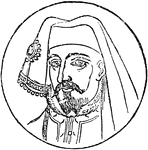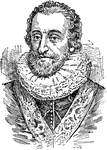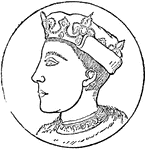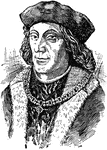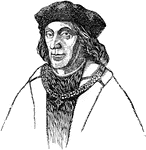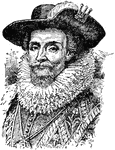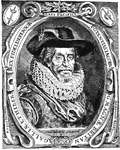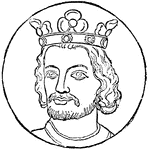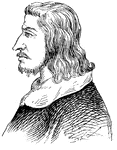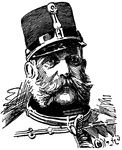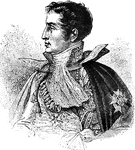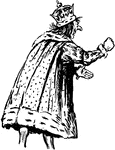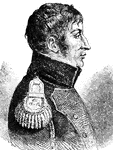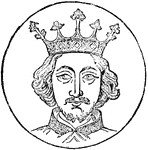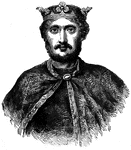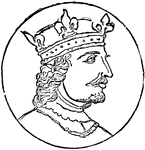
Henry V of England
Henry V (16 September 1386 – 31 August 1422) was one of the most significant English warrior kings…
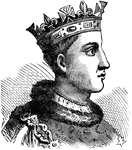
Henry VI of England
Henry was the only child and heir of King Henry V of England and therefore great things were expected…
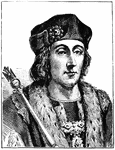
Henry VII of England
Henry VII (January 28, 1457 – April 21, 1509), King of England, Lord of Ireland (August 22, 1485…
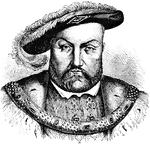
Henry VIII
"Henry VIII (1509-1547) came to the throne in 1509, inheriting a vast treasure which he owed to the…
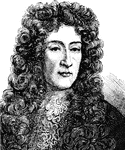
James II of England
James II of England and Ireland, James VII of Scotland (14 October 1633 – 16 September 1701) was…
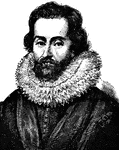
James the First
He ruled in Scotland as James VI from 24 July 1567, when he was only one year old, succeeding his mother…
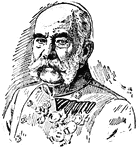
Francis Joseph I
"Francis Joseph I (1830-1916), emperor of Austria and king of Hungary, and next to the last of the Hapsburg…

King & Queen Dancing with Group of People
An illustration of a king and queen holding hands and dancing with a large group of people.

King & Queen Sitting at Table
An illustration of a king and queen sitting the head of a large table surrounded by people.

King John
John (24 December 1167 – 19 October 1216) reigned as King of England from 6 April 1199, until…
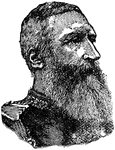
Leopold II
The king of Belgium, son of Leopold I., born in Brussels, April 9, 1835. he was liberally educated in…
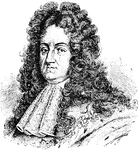
Louis XIV
"The age of Louis XIV. during the reign of Louis XIV, the son and successor of Louis XIII (1643-1715),…
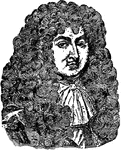
Louis XIV
King of France and King of Navarre from May 14, 1643 until his death. He inherited the Crown at the…

Louis XIV in his chambers
"The reign of Louis the Fourteenth has been termed the Augustan age of France. This monarch had none…
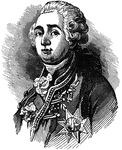
Louis XVI
Louis XVI (23 August 1754 – 21 January 1793), Louis-Auguste de France, ruled as King of France…

King Louis XVI of France
(1754-1793) King of France 1774-1793 who married Marie Antoinette and allowed France to become involved…
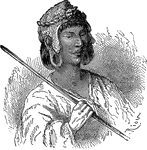
Manco Capac
An Inca Manco Capac, the first king of the Kingdom of Cuzco, according to Inca mythology.
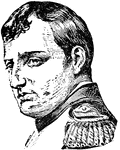
Napoleon
A general of the French Revoltion, and the ruler of France as First Consul of the French Republic from…
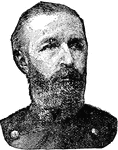
Fredrick Oscar
King of Sweden and Norway, born in Stockholm, Swden, Jan. 21, 1829. He is a son of Oscar I., and a brother…

Peter I of Russia
Peter I the Great or Pyotr Alexeyevich Romanov (June 1672–8 February 1725) ruled Russia and later…
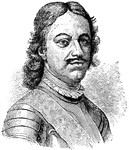
Peter the Great
"Peter the Great. This prince is one of the most extraordinary figures in history. As a boy he showed…

Pyrrhus
The King of Epirus, being obliged, on the murder of his father, to seek safety by flight, found a home,…
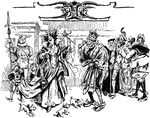
Queen and King Surrounded by People
An illustration of a queen and king surrounded by a group of people and dogs running around their feet.
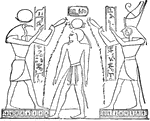
Ramses III
The second Pharaoh of the Twentieth Dynasty and is considered to be the last great New Kingdom king…

Richard I
Richard I (8 September 1157 – 6 April 1199) was King of England from 6 July 1189 until his death.…
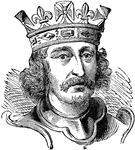
Richard I of England
Richard I (8 September 1157 – 6 April 1199) was King of England from 6 July 1189 until his death.…

King Richard I
King of England from 1189 to 1199. He was often referred to as Richard the Lionheart.

Richard II
Richard II (6 January 1367 – ca. 14 February 1400) was King of England from 1377 until he was…
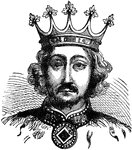
Richard II of England
Richard II (6 January 1367 – ca. 14 February 1400) was King of England from 1377 until he was…

King Richard II
King of England; son of the Black Prince and Joanna of Kent; born in Bordeaux, Jan. 6, 1369.

Richard III of England
Richard III (2 October 1452 – 22 August 1485) was King of England from 1483 until his death. He…

King Richard III
King of England; son of Richard, Duke of York, a descendant of Edmund, Duke of York, fifth son of Edward…

Richard IV of England
Edward of York was born on April 28, 1442, at Rouen, France (in the Chateau de Rouen), the second son…
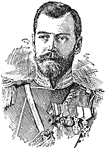
Nicholas II
(1868-1918) Nicholas II or Nikolay Alexandrovic Romanov, czar of Russia, king of Poland, and grand duke…
